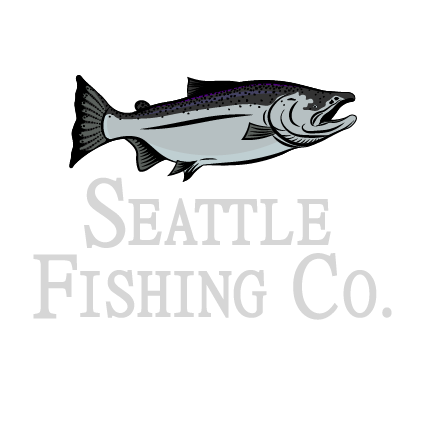Chum Salmon are an abundant salmon species in their northern range, and are a valuable commercial catch in marine areas. As they migrate back to their natal spawning rivers, they tend to concentrate in the tidal areas and lower in the river systems and offer anglers a chance to get in some great fishing. They aren’t as prized for their table fare as other salmon species, but what they lack in fillet quality, they make up for with the strong battle they put up when on the end of a fishing line. Many anglers enjoy grilling Chum fillets caught in the saltwater. And they are also a popular fish to smoke.
Chum Salmon Basics
Chum Salmon are also referred to by a couple nicknames: Keta Salmon, Dog Salmon and Calico Salmon. Some grocers market them as Silverbright Salmon as well. Their primary range is Tillamook Bay, Oregon to Alaska’s McKenzie River. Although Chum Salmon average 10-20 pounds, they can grow up to 40 pounds in rare instances.
How to Identify Chum Salmon
Saltwater Chum Salmon have no prominent spots on their back or tail. They have a white mouth with a white gum line and dark tongue. The tail is forked and is silver in color. As they enter the river and transition to spawning, their silver coloring turns to an olive green with reddish-brown to purple bars on the body. Male Chum Salmon often gain their spawning colors as they enter their river’s tidal areas and will grow large teeth. Female Chum Salmon are slower to transition into spawning colors and usually have olive-brown bars that are less vivid than their male counterparts.
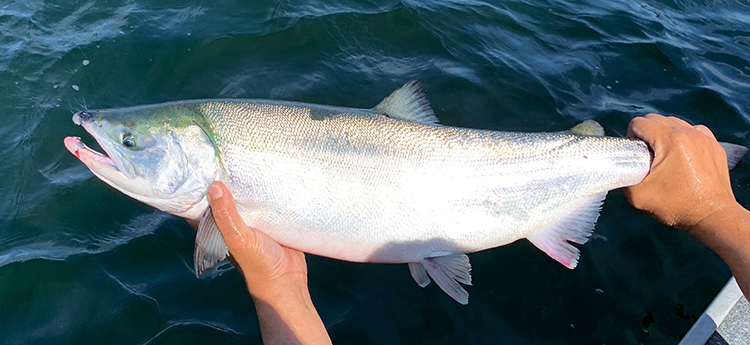
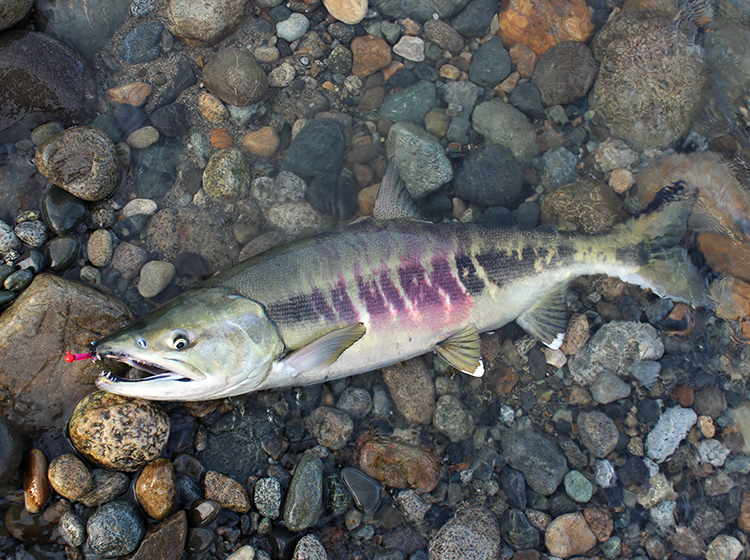
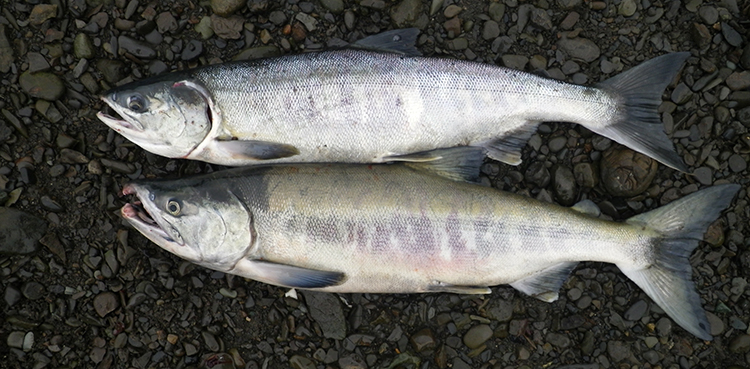
Where to Find Chum Salmon
Chum Salmon migrate to the open Pacific Ocean to spend most of their lives, where they are out of range from most sportfishing boats. As they migrate back to their home river to spawn, they can be caught in the bays, sounds and inlets of the North Pacific coastline. They will stage in the tidal stretches of the lower rivers prior to spawning, where most of the fishing effort occurs. They hold in slower moving stretches of river, and spawn in the extreme shallows on the edge of the main current.
Chum Salmon Fishing
Inshore marine waters offer the first meaningful area where they are targeted. Trolling in open water is relatively popular, although they are mostly an incidental catch in marine areas. Anglers will fish an anchovy under a float in tidal areas. Many techniques are utilized to catch them after they enter the river.
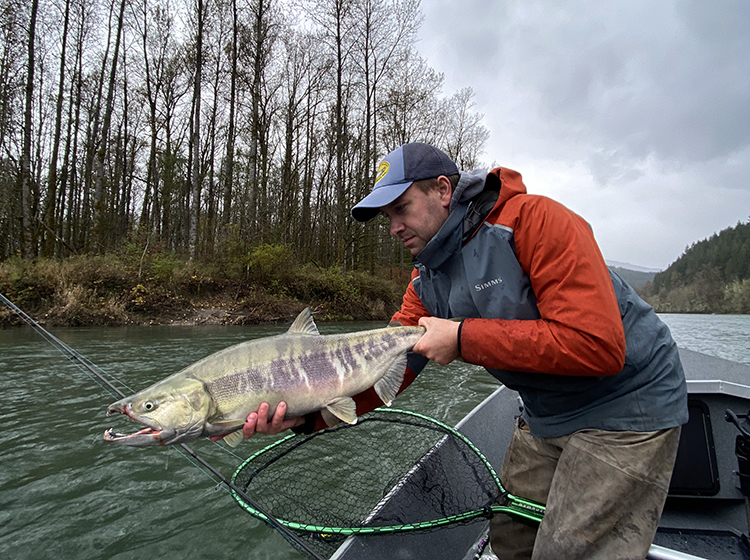


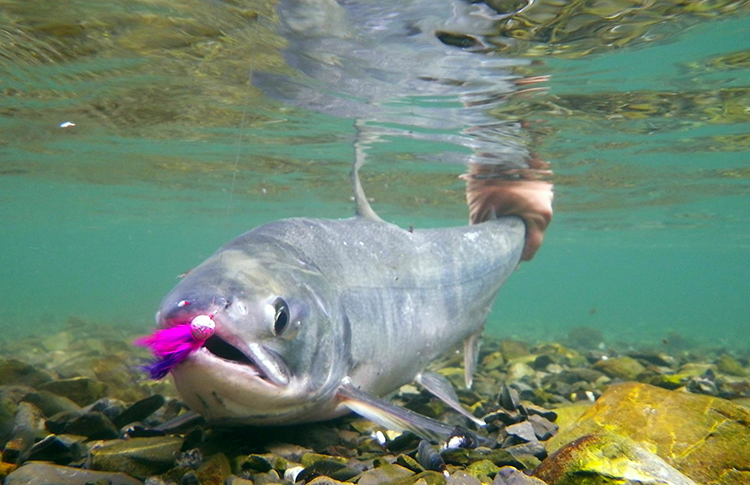







 Quick Guide to Rigging and Wrapping Kwikfish and Maglip Plugs
Quick Guide to Rigging and Wrapping Kwikfish and Maglip Plugs
